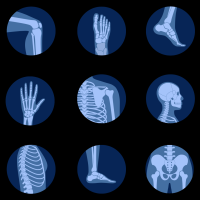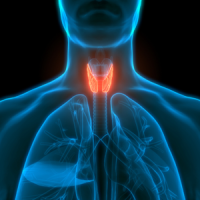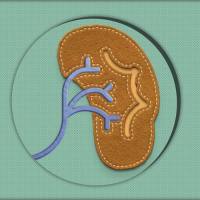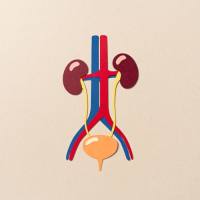【文摘发布】肝肾综合症:肝移植后肾的处理方案
Author:Ruiz R, Barri YM, Jennings LW, Chinnakotla S, Goldstein RM, Levy MF, McKenna GJ, Randall HB, Sanchez EQ, Klintmalm GB.
source: Liver Transpl. 2007 May 30;13(6):838-843.
Hepatorenal syndrome (HRS) is a well-recognized complication of end-stage liver disease. Once thought to be a reversible condition with liver transplantation (LT) alone, HRS may directly contribute to the requirement for long-term dialysis posttransplant. As a result, discussion has now focused on whether or when a kidney allograft should be considered for these patients. Using the International Ascites Club guidelines with a pretransplant serum creatinine (SCr) >2.0 mg/dL to define HRS, 130 patients undergoing LT over a 10-yr period were identified, for an overall incidence of 9%. Patient survival rates at 1, 3, and 5 yr were 74%, and 68%, and 62%, respectively. Survival was significantly worse when compared to non-HRS patients undergoing LT over the same study period (P = 0.0001). For patients presenting with type 2 HRS, 7 patients (6%) developed irreversible kidney failure posttransplant compared to 0.34% in the non-HRS population (P < 0.0001). Five of these patients died within 1 yr with a median survival time of 139 days. Combined liver and kidney transplantation (CLKT) for patients with HRS is not recommended. However, an improvement in outcome can be accomplished by addressing those patients who require dialysis greater than 60 days posttransplant. We propose a role for kidney after liver transplantation (KALT) in select HRS patients.















































